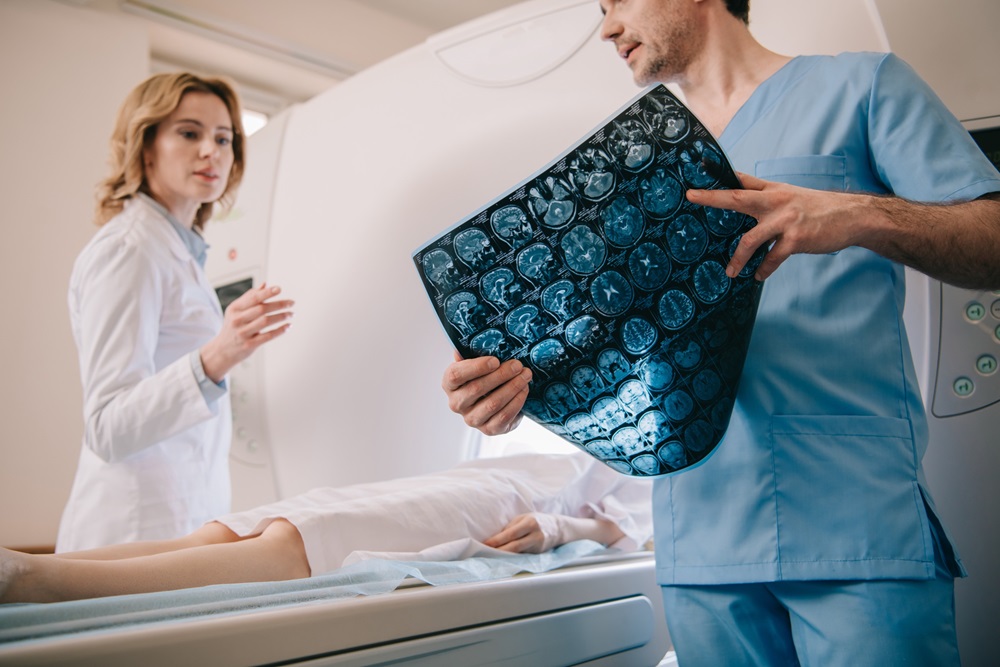First Ever International Criteria Lays Foundation for Improved Diagnostic Imaging of Brain Tumors
Posted on 05 Jan 2024
Diffuse gliomas, which are aggressive malignant brain tumors originating from glial cells, present significant treatment challenges. Standard magnetic resonance imaging (MRI) techniques do not adequately capture the complexity of diffuse gliomas. Instead, amino acid positron emission tomography (PET) has become a crucial tool in diagnosing these tumors. This method utilizes protein-based tracers (amino acids) that accumulate in brain tumors, offering more accurate insights into the activity and extent of gliomas. Despite its extensive use in neuro-oncology for years, amino acid PET had not undergone systematic evaluation, and unlike MRI diagnostics, there have been no established criteria for interpreting these PET images.
Now, the international Response Assessment in Neuro-Oncology (RANO) Working Group, guided by experts from Ludwig Maximilian University of Munich (LMU, Munich, Germany) and the Medical University of Vienna (Vienna, Austria), has introduced the first-ever global standards for gliomas imaging using amino acid PET. The RANO Working Group, a diverse international consortium with a decade-long history of developing criteria to serve as standard references for brain tumor-related clinical studies, has made significant strides in assessing various critical clinical aspects.

The RANO group has formulated PET RANO 1.0, a set of criteria aimed at evaluating the effectiveness of treatments for diffuse gliomas using PET. These PET-based standards usher in novel avenues for the uniform assessment of diffuse gliomas. The researchers believe that these new criteria not only facilitate the use of PET in clinical trials and routine practice but also lay a solid groundwork for future investigations, fostering the comparison and enhancement of treatment modalities for better therapeutic outcomes.
Related Links:
LMU
Medical University of Vienna








 Guided Devices.jpg)





